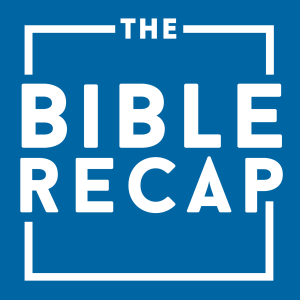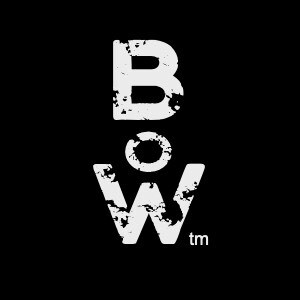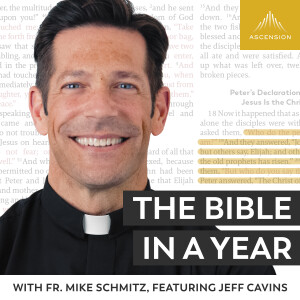

ELF 2020: ’Evidence for Old Testament History: From Abraham’s Ur to Daniel in Babylon’
Edited audio of my webinar from the virtual European Leadership Forum (ELF) conference 2020.
On the question raised about altar 'horns', see: 'Horns of the Altar' https://biblehub.com/topical/h/horns_of_the_altar.htm & 'Israelite horned altar' https://www.bibleodyssey.org/en/tools/image-gallery/i/israelite-horned-altar It seems that 'proper' horned altars had wooden 'horns' rather than cut stone 'horns', see Exodus 27:1-2.
In 2021 Albert Crespo helpfully brought to my attention that the two Bullae that mention Jeremiah’s scribe Baruch the son of Neriah are now thought to be forgeries.
See: "The Authenticity of the Bullae of Berekhyahu Son of Neriyahu the Scribe", Yuval Goren, Eran Arie, BASOR 372, www.researchgate.net/publication/305753694_The_Authenticity_of_the_Bullae_of_Berekhyahu_Son_of_Neriyahu_the_Scrib; www.bible.ca/bulla/bible-bulla-jeremiah-clay-bullae-inscription-Belonging-to-Baruch-Berechiah-Son-of-Neriah-The-scribe-Jer-36-4-1975-1996ad-Reuben-Hecht-israel-museum-605bc-forgery-fake.htm.
Also, that it's now thought William F. Albright’s interpretation of the “Eliakim na˓ar Yokan” stamped jar handles - that Yokan referred to King Jehoiachin - was incorrect: “This misinterpretation was not corrected for almost 50 years and resulted in a great deal of confusion over the chronological sequence and stratigraphical analysis of the archaeology of Judah from the time of the Divided Monarchy." – “The Eliakim Na˓ar Yokan Seal Impressions: Sixty Years of Confusion in Biblical Archaeological Research”, Yosef Garfinkel, Biblical Archaeologist, Vol. 53, 1990.
See: www.bible.ca/bulla/bible-archeology-jeremiah-clay-bullae-seal-inscription-Belonging-to-Eliakim-servant-of-Jehoiachin-belonging-to-Jotham-misidentified.htm.
More Episodes
All Episodes>>Create Your Podcast In Minutes
- Full-featured podcast site
- Unlimited storage and bandwidth
- Comprehensive podcast stats
- Distribute to Apple Podcasts, Spotify, and more
- Make money with your podcast












